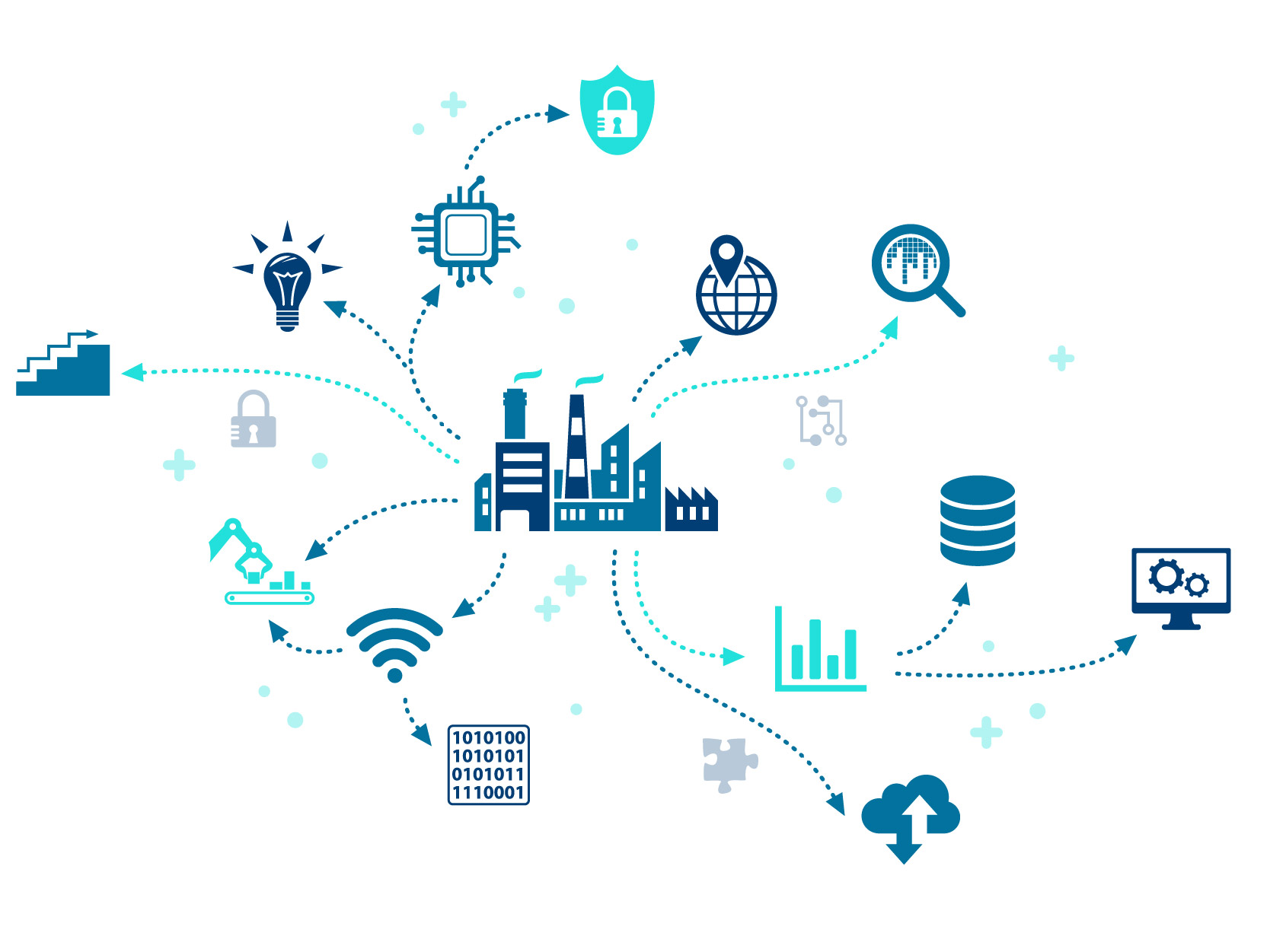
Industrial Internet of Things – IIOT
IIoT stands for the Industrial Internet of Things or Industrial IoT that initially mainly referred to an industrial framework whereby a large number of devices or machines are connected and synchronized through the use of software tools and third platform technologies in a machine-to-machine and Internet of Things context, later an Industry 4.0 or Industrial Internet context.
Today IIoT is mainly used in the scope of Internet of Things applications outside of the consumer space and enterprise IoT market, as an umbrella term for applications and use cases across several industrial sectors.
The Industrial Internet of Things or IIoT is defined as “machines, computers and people enabling intelligent industrial operations using advanced data analytics for transformational business outcomes”.
Machine-to-machine communication and IIoT
In the pure machine-to-machine and Industry 4.0 context, the advantage of the frameworks and systems that IIoT refers to, is that they can operate semi-independently or with very minimal human intervention.
Such systems will increasingly be able to intelligently respond and even change their course of action based on the information received through the feedback loops established within the framework.
As mentioned a keyword here is machine-to-machine communication (M2M), which is an element of the Internet of Things but also refers to specific activities and to the initial stages of the Industrial Internet of Things.
The idea behind machine-to-machine communication is to reduce human interventions as much as possible so that the highest level of automation could be achieved. If we look at the concept of the Internet of Everything, this M2M dimension of the Industrial Internet of Things happens within the sphere of the things as you can see in the original depiction of the Internet of Everything by Cisco.

- Improved and intelligent connectivity between devices or machines
- Increased efficiency
- Cost savings and
- Time savings
- Enhanced industrial safety

